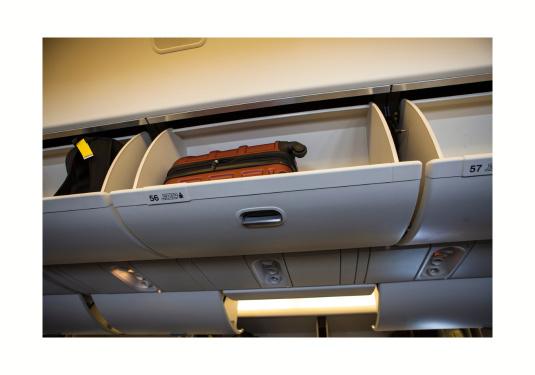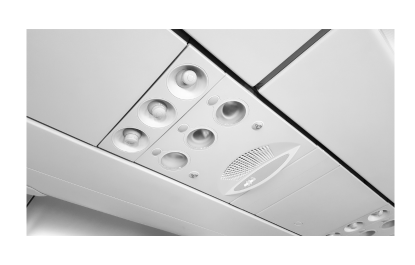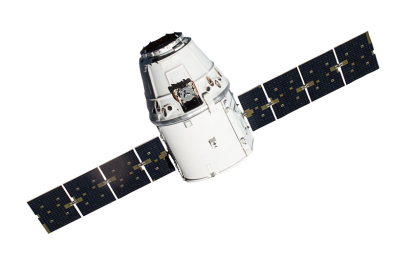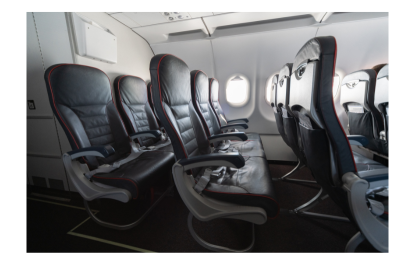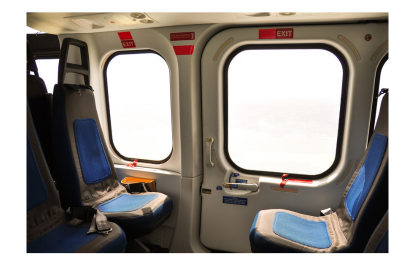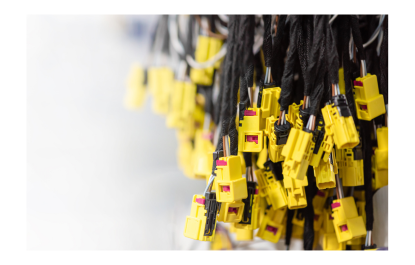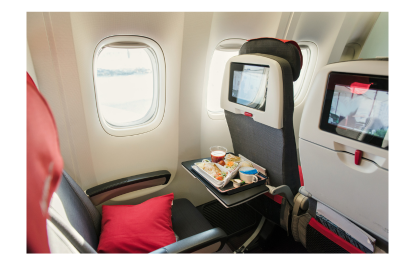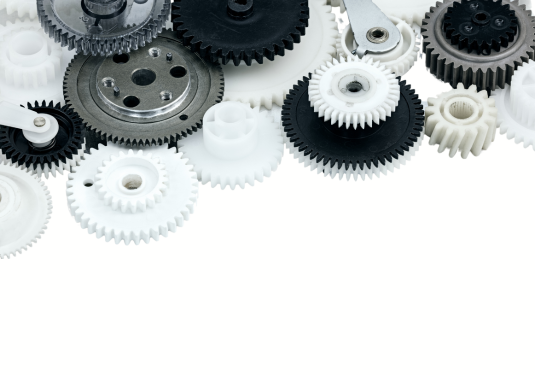

The Plastek Group
Source Custom Aerospace Components Here
The aerospace industry is responsible for commercial airlines, military aircraft, and more. Operations in this industry regularly look for innovative ways to redesign aircraft systems, and plastic has become a popular material for many components. The Plastek Group can help you create plastic parts for your aircraft with our custom design process.
Request a QuoteThe Plastek Group
Our Aircraft Part Manufacturing Solutions
Plastics are used in a variety of aerospace applications due to their low weight, high strength, and durability. Plastic aircraft parts play a role in many areas of a plane. Common applications include:
- Aircraft Interiors: Plastics are widely used to manufacture tray tables, bulkhead storage areas, luggage bins, seating components, cargo containers, and beverage carts.
- Instrument Clusters: Instrument housings, wiring components are also perfect for plastics in a number of applications.
- Housings: Exterior components; plastics are used to manufacture nacelle systems, rocket nose cones, and satellite components.
- Transparent Materials: Plastics are used to manufacture windows, visors, and canopies.
- Fasteners and Seals: Plastics are often considered for these components due to their tight tolerances and tensile strengths.
- Gears: Critical componentry and tight tolerances lend themselves favorably to consideration of plastics for light weighting gears and other componentry.


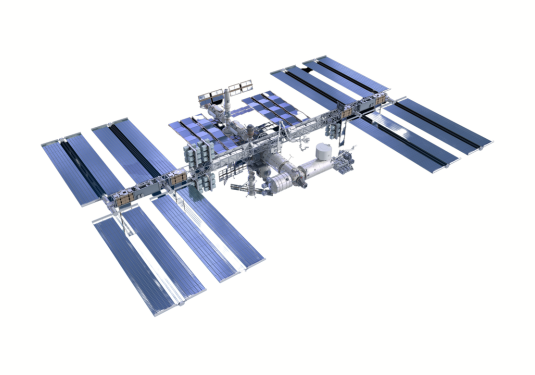
The Plastek Group
How to Choose Aerospace Parts
Designing custom aerospace components requires high levels of attention to detail and precision. Some of the design considerations for aerospace parts manufacturing include:
- Materials Selection: Material considerations for aerospace applications must be light weight, strong, and very durable. They must be able to withstand extreme temperature variations, and conditions.
- Motion Control Design: Motion control design in aerospace systems must strive for precision while maintaining power-dense motions, and withstanding extreme conditions. Typical specifications require motors in aerospace systems to withstand extreme temperature ranges, while operating under severe shock and vibration conditions. All the while being designed to fit in a constrained space while maintaining high performance levels.
- Commonality Across Models: Design considerations should strive for redundant componentry in an effort to control costs and aid operations with fleets that consist of multiple airplane models.
- Environmental Considerations: Aerospace products must be designed to operate safely and reliably in extreme environments. Again, extreme temperature fluctuation, the potential of hazardous materials, and shock and vibration, are all variables to take into consideration.
- Regulations: Aerospace products must be compliant with various government regulations such as those regulated by the Federal Aviation Administration (FAA).






